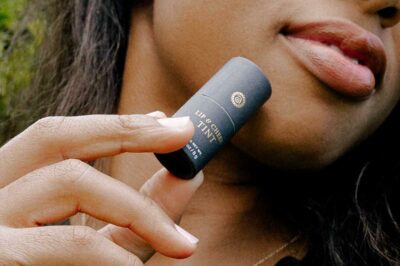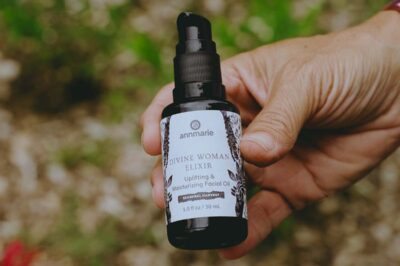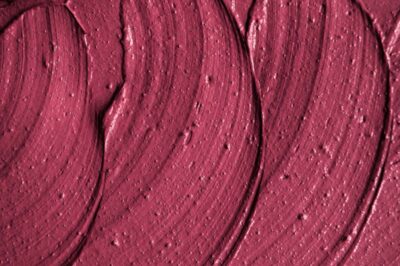In September 2013, Walmart made an announcement—the company pledged to cut down or eliminate 10 chemicals found in household and beauty products currently on its shelves.
Regardless of how you look at it, this is good news. It was only a year ago that Johnson & Johnson pledged to remove a list of potentially harmful chemicals, including formaldehyde and parabens, from their consumer products by 2015. In January 2013, Proctor & Gamble agreed to reduce levels of 1,4-dioxane—a carcinogen—in their laundry products.
We can see a trend taking place, here. Big manufacturers are hearing us. As we continue to demand safer and more natural products, using our hard-earned dollars to purchase from more natural brands, the big guys are paying attention. And they’re trying to show us that they’re willing to change.
All this good news comes with a good dose of caution. It’s not yet time to run to Walmart for all your personal care or household products just yet. Here’s why.
Walmart says it will work with suppliers to limit 10 potentially harmful chemicals in household and beauty products.
What Happened
Walmart is incorporating some new ideas to promote environmental safety and sustainability. This announcement is part of their attempt to be seen as more environmentally and eco-friendly. Starting in January 2014, executives will begin working with their suppliers to cut back on these 10 chemicals, though they didn’t reveal what those chemicals are.
“Companies like Walmart are realizing they need to be proactive instead of reactive to the rapidly increasing consumer demand for safer products,” said Mark Rossi, co-director of the nonprofit advocacy group Clean Production Action.
By January 2015, Walmart said its suppliers must post their ingredient lists online, revealing what’s in any products sold at Walmart stores. The company also plans to apply to its own brand of cleaning products the Environmental Protection Agency’s (EPA’s) Design for the Environment label, which identifies eco-friendly goods.
“This is a big victory for the millions of people who are demanding safer products,” said Stacy Malkan, co-founder of the Campaign for Safe Cosmetics. “It’s a significant step forward, but there’s still a long way to go to clean up the beauty aisle.”
Still a Long Way to Go
Our caution on this announcement is well stated by Malkan—we still have a long way to go. Change takes time, and it will take continued pressure from consumers to get companies to stop using cheap and potentially harmful chemicals. Walmart is making a small start by removing 10—yet according to the National Resources Defense Council (NRDC), more than 80,000 chemicals available in the U.S. have never been fully tested for their toxic effects on health and the environment.
“In so many cases,” said Erik Olson, an expert at the Pew Charitable Tursts, which is advocating an overhaul of U.S. chemical laws, “government agencies are missing data they need on even widely used chemicals about whether they pose a health risk.”
On top of that, we have no way to know what’s going on behind doors at Walmart. The company may pledge to make the change—but will they, really? Only time will tell. All companies may not come clean about their ingredients, either. Current regulations, for example, allow companies to put hundreds of chemicals together and call it “fragrance,” and because of trade secret policies, never tell us just what those chemicals are.
Let’s celebrate this small step forward, but continue to read labels and purchase products from companies that really care about what’s in their formulas, and how they affect human and environmental health.
What do you think of Walmart’s announcement? Please share.
* * *
Sources
Tiffany Hsu, “Walmart to scale back chemicals in cosmetics, household products,” LA Times, September 12, 2013, http://www.latimes.com/business/money/la-fi-mo-walmart-chemicals-20130912,0,6830793.story.
Lyndsey Layton, “U.S. regulators lack data on health risks of most chemicals,” Washington Post, August 2, 2010, http://www.washingtonpost.com/wp-dyn/content/article/2010/08/01/AR2010080103469.html.
NRDC, http://www.nrdc.org/health/toxics.asp.







Leave a Reply